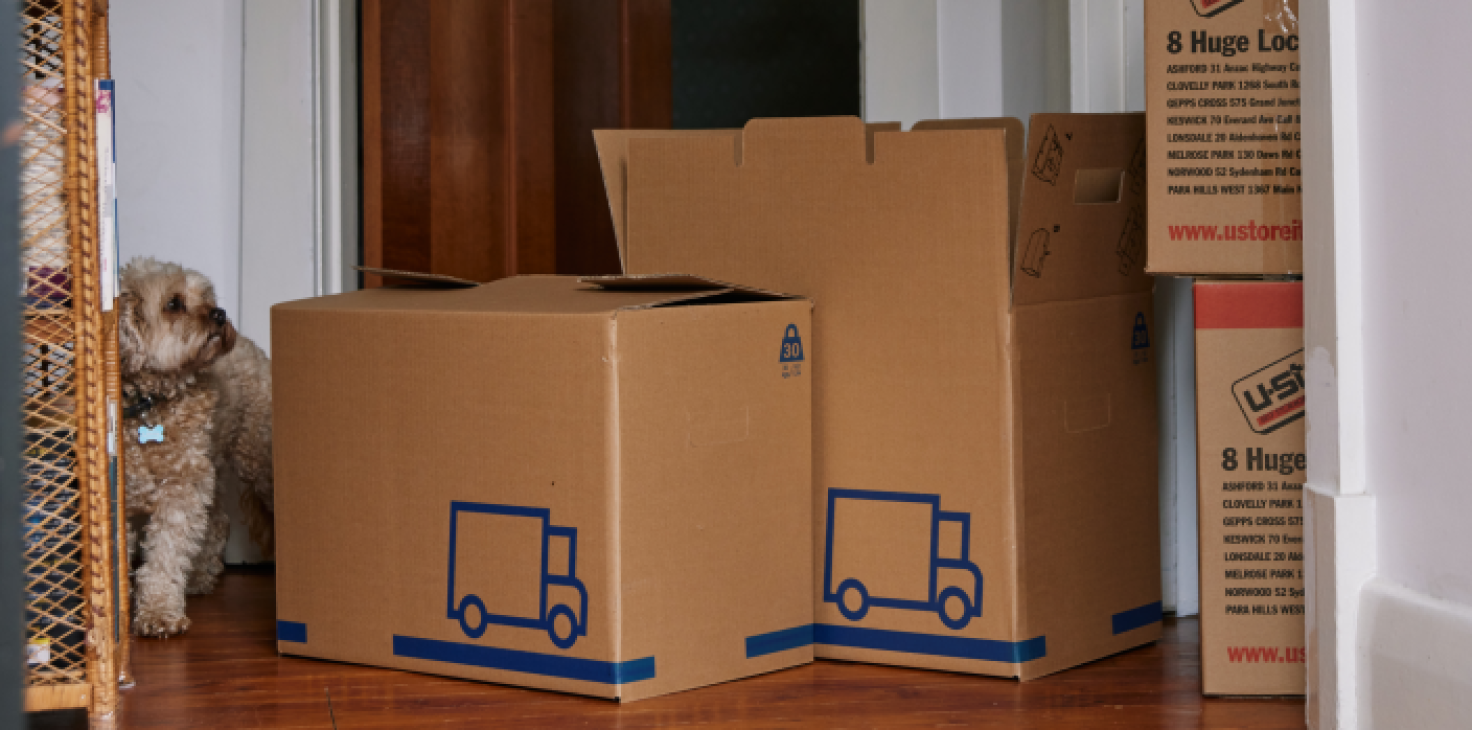31 October 2021
How the big move can help create a better life balance
Encouraged by the lockdowns across metropolitan areas, more Australians than ever before are making the big move to regional areas and here’s why.

Encouraged by recent lockdowns in major cities, Australians are moving to regional areas in greater numbers than ever before.
A record 43,000 Australians moved to the regions from capital cities during 2020, which is more than double the number from 2019. Of all the states, Queensland enjoyed the largest shift to regional areas, at 17,000 people. South Australia and Western Australia recorded their first interstate population gains in years.
Coastal towns remain the top relocation destination for city-weary Aussies. Queensland’s Noosa area has seen the largest overall migration numbers, while the Port Macquarie region in New South Wales and Launceston, Tasmania, also making the top five destinations for urban Australians to relocate.
No debt, no stress
No stressful traffic-filled commute, the chance to live with less (or no) housing debt, being able to afford a big family home with a generous garden, and being closer to nature are all reasons why Aussies have decided to swap city living for a regional home base. And they’re reporting greater levels of life satisfaction as a result.
Kirsty de Garis was living in suburban Sydney and at the end of 2020, moved with her family to a farmhouse on 116 hectares near Dalgety in the Snowy Mountains. Kirsty and her husband Tim continue to work remotely, commuting occasionally to Sydney and Melbourne.
“It was a big change,” says the mother of two children aged eight and 10. “We had a brown snake under the front door in the first three weeks while my husband was away. I had to get neighbouring farmers over to help us out of that crisis.”
Despite the slithery setback, the lifestyle shift has been a positive for the family. “We made a rule that we wouldn’t watch TV or have screens, so we play board games in the evenings and we all read a lot more,” Kirsty says.
“The biggest adjustment, other than travel time [the closest supermarkets and schools are 45 minutes’ drive away] is having to factor in half an hour to chat to people when I do the grocery shopping. People aren’t in such a hurry here and I like that.”
A calmer pace of life
Connection to the natural world was something that Kirsty and her husband wanted their children to experience, and they accepted that this has its pluses and minuses.
“The snake under the door was not what I had in mind,” Kirsty laughs, “but we’ve also had a lot of wonderful moments. There’s a platypus in the river near our home that we catch a glimpse of almost every time we walk down there, and we see kangaroos every day on the way to the school bus.”
Native birds in their thousands pass through the property and the family enjoyed summer weekends kayaking and swimming in the Snowy River, and winter days on the ski slopes. Access to bush walking, camping and cycling opportunities are right on their doorstep, and the family has made an effort to explore a new location each weekend. “My energy levels have been replenished living here,” Kirsty says. “I feel more positive about everything.”
The running around associated with living in a large city was another big motivator for Kirsty’s family to move to a rural location. “I was constantly in traffic, driving the kids to after-school activities,” she remembers.
“I wanted a few less enrichment opportunities of the organised kind. Now they climb trees and ride bikes. It’s a lot less stressful for all of us.”
Location, Location, Location
Many regional towns have seen record growth in house prices as a result of the fresh focus on a move away from major cities. But regional living, for the most part, remains a lot more affordable than Sydney and Melbourne in particular. Sydneysiders and Melburnians are also swapping Australia’s two largest cities for smaller ones including Brisbane, Adelaide and Perth.
If you’re considering moving to regional areas in Australia, like in SA or WA, try our Home Contents Insurance to learn what home contents insurance will cost in your new area.



